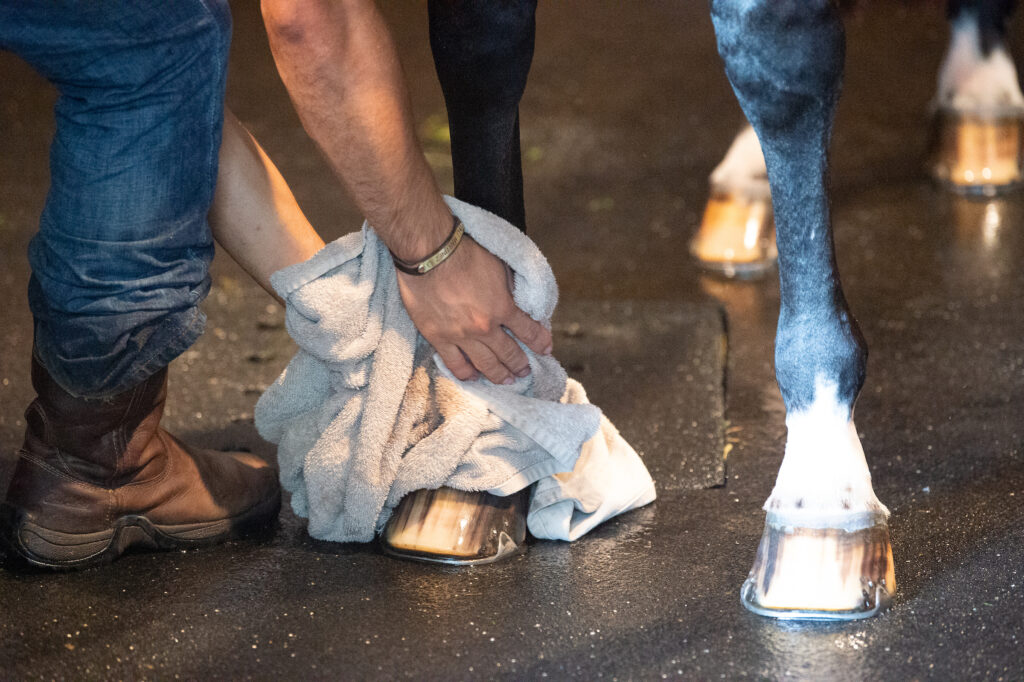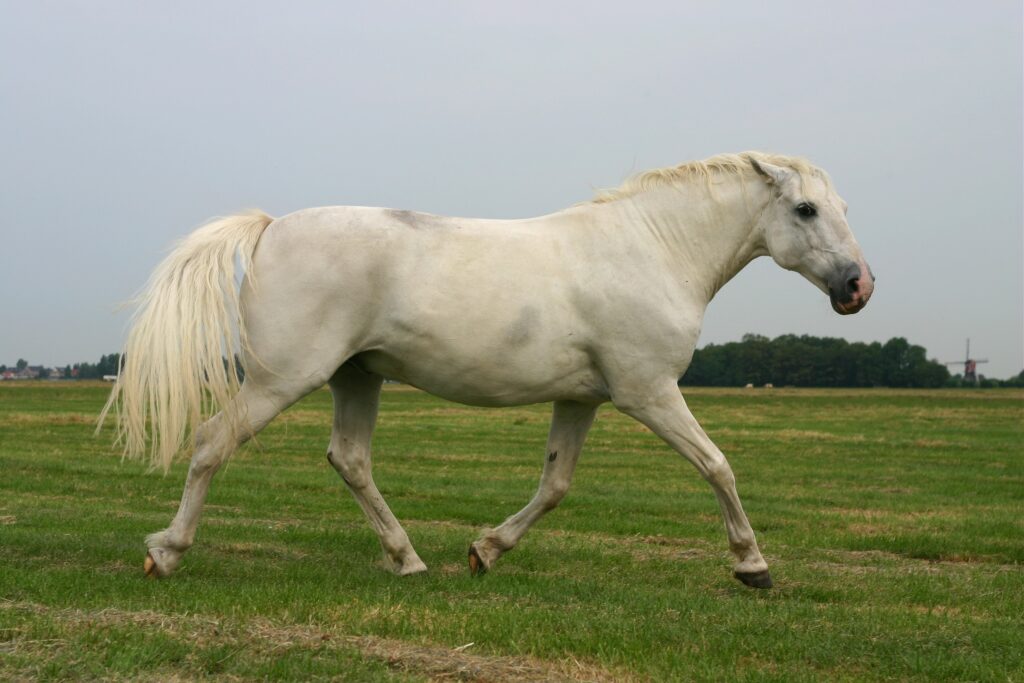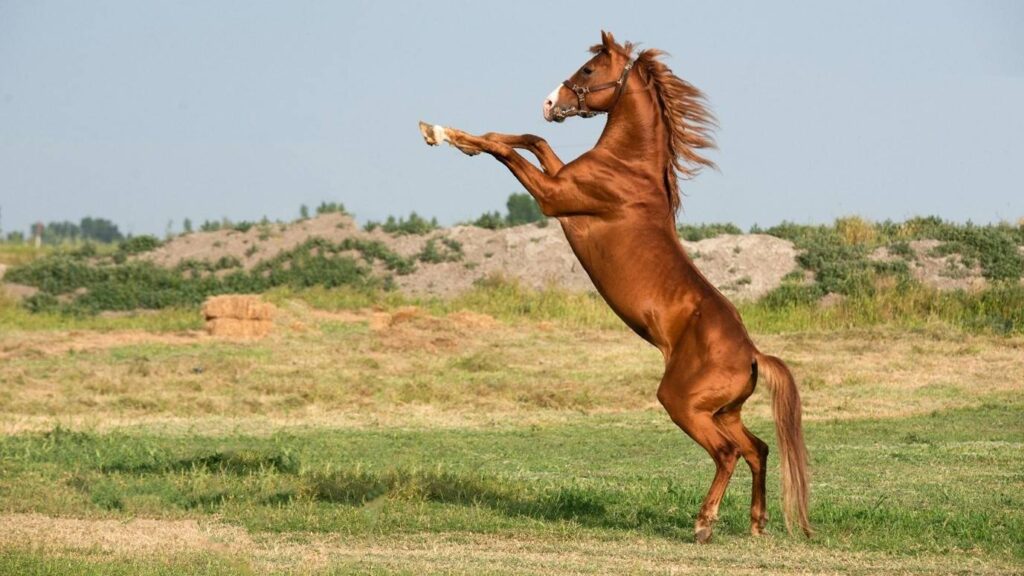When it comes to maintaining the beauty and cleanliness of your horse, horse shampoo plays a crucial role. Understanding how to make horse shampoo last longer can save you money and ensure your horse’s coat remains in top condition. In this article, we will explore various strategies to achieve this, making your grooming routine more efficient.

1. Understanding the Importance of Shampoo
The primary purpose of horse shampoo is to clean and nourish the horse’s coat and skin. It removes dirt, sweat, and excess oils, leaving the coat shiny and healthy. However, using too much shampoo can be wasteful and may not necessarily lead to better results.
Benefits of Using Horse Shampoo Correctly
Proper use of shampoo not only enhances the coat’s appearance but also prevents skin issues. By adopting the right techniques, you can shampoo a horse’s mane and tail effectively.
2. Diluting the Shampoo
One of the most effective ways to make your shampoo last longer is by diluting it. Mixing shampoo with water can extend its usage without compromising its efficacy.
How to Dilute Horse Shampoo Correctly
Begin by reading the instructions on the shampoo bottle. Many recommend a dilution ratio. Generally, a 1:10 ratio of shampoo to water is effective. This technique ensures that the shampoo spreads evenly, covering more surface area. For detailed guidance, check out our guide on diluting horse shampoo.
3. Using the Right Tools
Investing in the right grooming tools can significantly affect how long your shampoo lasts. Brushes, sponges, and mitts specifically designed for horses can help distribute the shampoo evenly.
Choosing Effective Brushes and Sponges
Soft-bristled brushes and sponges can help create a lather, reducing the need for excessive shampoo. This not only conserves shampoo but also ensures a thorough clean.
4. Proper Application Techniques
The way you apply shampoo can impact its longevity. Instead of pouring shampoo directly onto the horse, try applying it onto a damp sponge or mitt first.
Tips for Applying Shampoo
Wet your horse thoroughly before applying shampoo. This helps in creating a rich lather and ensures that less shampoo is needed. For more detailed techniques, learn about mistakes to avoid when shampooing.
5. Frequency of Use
Over-shampooing can lead to dry skin and coat. Determining the right frequency for shampooing is essential for both the health of your horse and the longevity of your shampoo.
Setting a Shampooing Schedule
Consider seasonal factors and your horse’s activity level. Generally, shampooing every 4-6 weeks is sufficient for most horses. For specific cases, consult sources like Healthline for expert advice.
6. Storage of Shampoo
Proper storage can prevent the shampoo from degrading over time. Keep it in a cool, dry place away from direct sunlight.
Why Storage Matters
Exposure to heat and light can alter the composition of the shampoo, reducing its effectiveness. Ensure the bottle is tightly sealed after each use.
7. Choosing the Right Shampoo
The type of shampoo you choose can also impact its longevity. Opt for high-quality shampoos that are concentrated, as they require less product per use.
Factors to Consider
Look for shampoos that are specifically formulated for horses. Avoid products with unnecessary additives. For guidance, check out how to choose the right shampoo.
8. Understanding Horse Skin and Coat
A healthy skin and coat can enhance the effectiveness of the shampoo. Regular grooming and feeding a balanced diet can contribute to this.
Importance of a Balanced Diet
Nutrients like omega-3 fatty acids and vitamins are crucial for a glossy coat. Consult your veterinarian for dietary recommendations.
9. Grooming Between Washes
Maintaining cleanliness between washes can reduce the need for frequent shampooing.
Brushing and Spot Cleaning
Regular brushing helps in removing dirt and distributing natural oils. For spot cleaning, use a damp cloth or a specialized spot cleaner.
10. Monitoring Your Horse’s Health
Regular health checks can prevent skin issues that might require more frequent shampooing.
Signs to Watch For
Look for signs of irritation, dandruff, or excessive oil. If you notice any issues, it might be time to adjust your grooming routine or consult your vet.
11. Eco-Friendly Practices
Adopt environmentally friendly practices to conserve resources while grooming.
Using Natural Products
Consider using shampoos made from natural ingredients. These are often more concentrated and require less product per use.
12. Cost-Effective Solutions
Making your shampoo last longer is not only good for the environment but also for your budget.
Buying in Bulk
Purchasing shampoo in bulk can save money and reduce packaging waste.
13. Seeking Professional Advice
When in doubt, seek advice from equine professionals who can offer personalized recommendations.
Consulting a Groomer
A professional groomer can provide insights into the best products and techniques for your specific horse.
14. Community Wisdom
Engage with the horse enthusiast community to learn from others’ experiences.
Joining Forums and Groups
Online forums and local groups can be valuable resources for tips and advice.
15. Conclusion
By implementing these strategies, you can efficiently use horse shampoo, saving money and ensuring your horse’s coat remains healthy and beautiful. Remember, a little goes a long way when it comes to shampooing your horse.

FAQ
1. Can I use human shampoo on my horse?
It’s not recommended as human shampoos have different pH levels which might not be suitable for horses.
2. How often should I shampoo my horse?
Generally, shampooing every 4-6 weeks is adequate, but this can vary based on individual needs.
3. What is the best way to store horse shampoo?
Store it in a cool, dry place away from direct sunlight to maintain its efficacy.
This article contains affiliate links. We may earn a commission at no extra cost to you.







